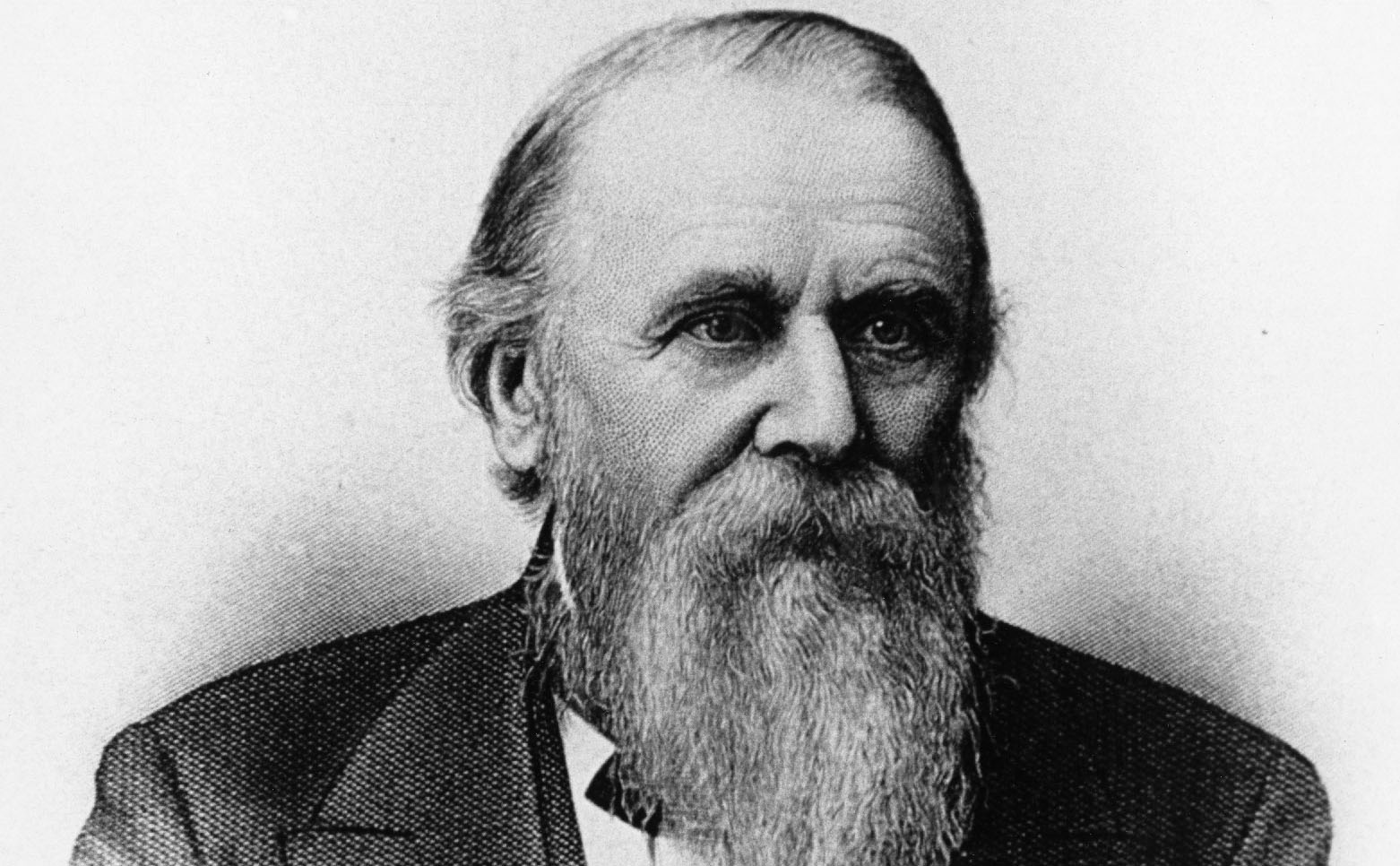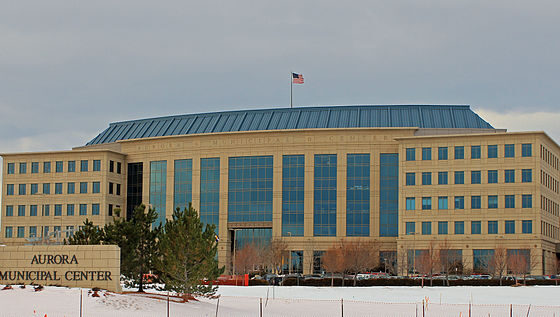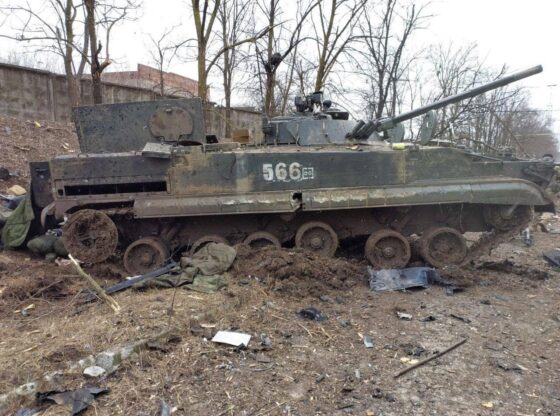In collaboration with Northwestern University, DU is investigating school founder John Evans’ involvement with the Sand Creek Massacre of 1864, largely considered one of the worst massacres in U.S. history. DU has created the John Evans Study Committee to conduct research for the project.
DU created the committee following the precedent set by Northwestern, which formed its own committee in response to an outcry from the Native American and Indigenous Student Alliance there.
Committee head and Anthropology department chair Dean Saitta said the group wants to acknowledge Evans’ role in the events leading up to Sand Creek, as well as any “unsavory aspects of the university’s history.”
“We want to re-examine how we recognize and honor John Evans’s contributions to the building of DU, and whether there are any other individuals who might also be appropriately recognized and honored on campus as well as in the city,” said Saitta.
The universities will most likely present two separate reports in June 2014. The date marks the 150th anniversary of Sand Creek as well as DU.
“Because of these twin anniversaries we thought it behooved us to look into John Evans’ involvement in the political and economic relationships that led to the appropriation of Indian lands here in Colorado and to events like Sand Creek,” said Saitta.
Gary Alan Fine, the John Evans professor of sociology at Northwestern, said he initially conducted research on the subject in 2004 before students raised interest in the subject last year.
“They then began to pressure the university with my support, my advice and the support and advice of a number of other faculty members,” said Fine.
The students and Fine wrote a joint article about Evans’ involvement in the Daily Northwestern; students also created a petition to get the university to create a petition.
“These terribly brave, wonderful undergraduate students, some of them native, some of them not, they chose to do this,” said Fine. “It was at that point that I became involved again and tried to help them out as much as I could to ensure that the institution provided justice.”
Saitta said DU will share a lot of information with Northwestern and plans to search archives in Denver and elsewhere.
“[We will look at] historical societies, libraries, and anywhere else we can find documentation of Evans’s activities as they relate to Indian relations in Colorado and the founding of DU,” said Saitta.
A faculty colleague referred Saitta to a faculty leader at Northwestern. Upon learning about the project, he discovered other faculty members were interested in the research and called a meeting to plan their approach.
The committee is currently made up of nine members, two of whom are Evans professors, the highest honor a faculty member can achieve at DU.
“The designation honors especially distinguished scholarly and creative work,” said Saitta. “Evans Professors are given an annual monetary award that allows them to continue their work,” said Saitta.
The committee plans to add more members from all over DU and Denver.
“They will include students [such as] members of DU’s Native Student Alliance) and citizens, [such as] members of the Cheyenne and Arapaho tribes, people associated with the United Methodist Church,” said Saitta. “We also plan to stay engaged with DU’s administration and the Governor’s Office.”
On Nov. 29, 1864, Colonel John Chivington led over 650 troops in an attack on a band of Cheyenne and Arapaho near Sand Creek, Colorado, according to the National Park Service. Over 150 Native Americans, most of whom were children, women or elderly, were killed. The attack later came to be known as the “Sand Creek Massacre.”
According to Fine, the Arapaho and Cheyenne were flying a white flag of peace.
Abraham Lincoln appointed Evans governor of the Colorado Territory in 1862. He served until 1865, when he was asked by Andrew Johnson’s administration to resign.
Evans co-founded Northwestern in 1851; thirteen years later, he founded the Colorado Seminary, which eventually became DU.
Both schools plan to report their findings in June 2014, the 150th anniversary of the massacre as well as the 150th anniversary of DU’s founding. They will also offer recommendations on hn how the university should act in response to the report.
Saitta said the committee sees the research as a “teaching moment.”
“[It’s] an opportunity to produce and disseminate knowledge about DU’s founder and founding,” said Saitta. “Perhaps most importantly, we also see it as an opportunity to bring people together to talk, reconcile, and help ease the pain that the Cheyenne and Arapaho descendants of Sand Creek still feel after 150 years.











